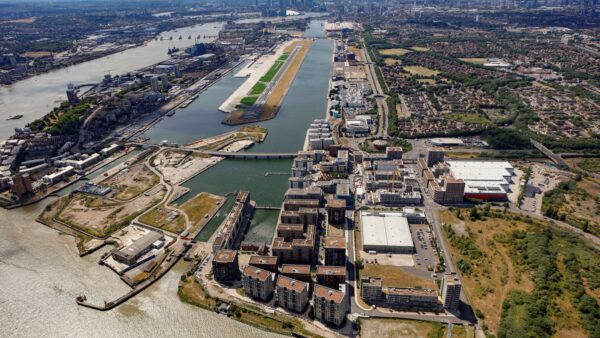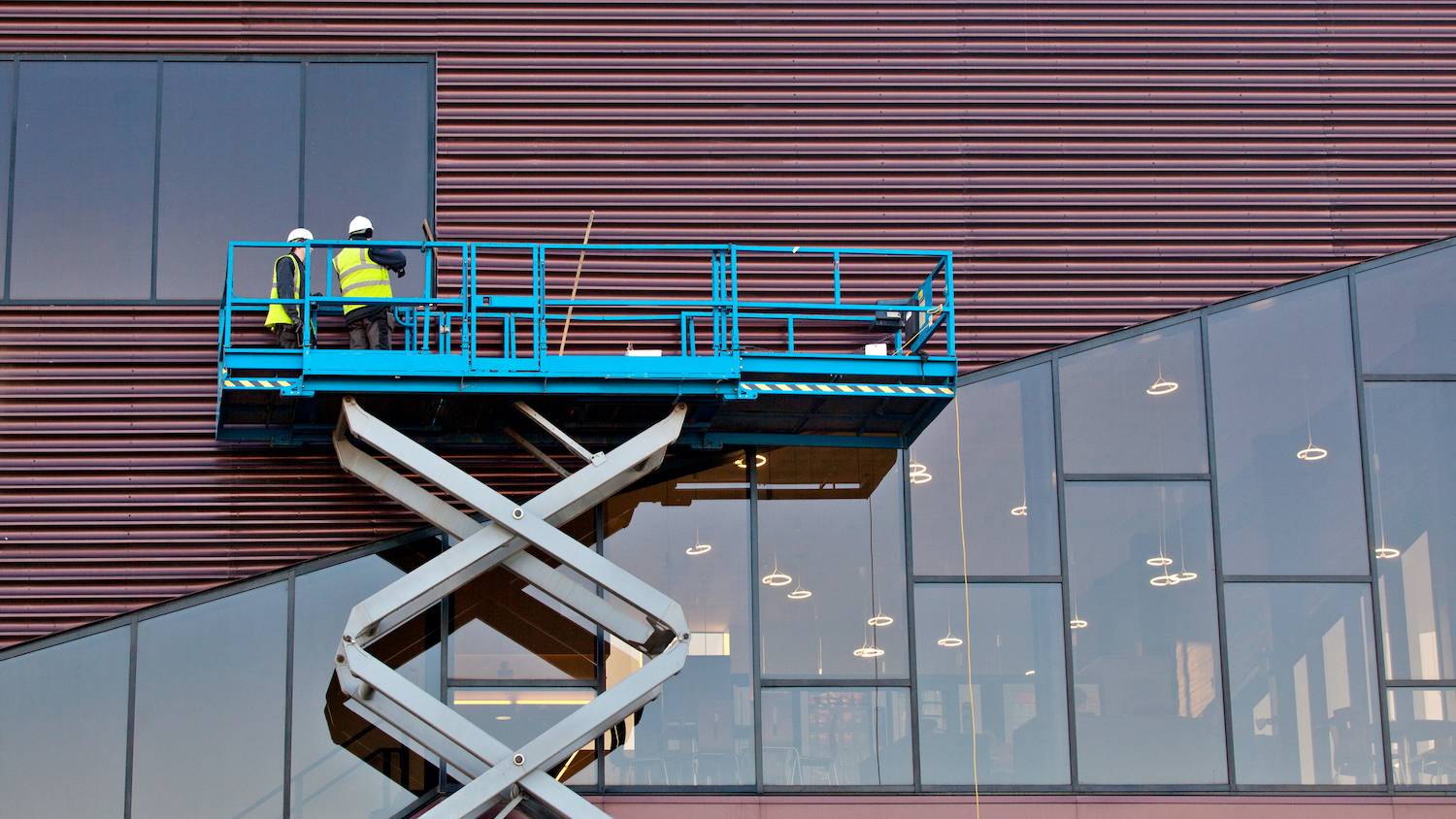A new specialist glazing has been launched in the UK which the manufacturer claims will save the lives of thousands of birds.
Each migration season millions of birds die by colliding with glazed buildings, but Germany’s Arnold Glas has developed a glass which is easier for them to see. Birds, unlike humans, can see light in the ultra-violet spectrum. In nature Orb Weaver spiders incorporate UV reflective strands of silk in their webs, so birds will not fly through and destroy them.
Like the Orb Weaver’s web the Ornilux glazing has lines coated onto the glass which are barely discernable to humans, but reflect the UV light, alerting birds to the presence of glass.
The glass has been used in a lookout tower in Lindisfarne, Northumberland. Dave Wyatt, head of the Arnold Group’s UK operations, said: “The project at Lindisfarne is our first use of the bird saving or Ornilux glass in the UK. It’s a system which has been in development for years and through extensive testing we have seen the glazing significantly reduce bird strikes.
“Ornilux has already seen considerable success in the US, being used in a number of high profile buildings and winning a number of international awards,” added Wyatt. “We are now keen to see the UK adopt a similarly progressive approach to protect bird populations.”
Euan Millar, director of Icosis, the architect behind the Lindisfarne project, said: “Considering the native bird populations on Holy Island, we were really keen to ensure that the buildings would be great for visitors, but also have minimum impact on the natural environment. With so much glass in the tower we were concerned with birds striking the glazing in particular. The Ornilux product should help to protect the birds and ensure the native wildlife is unaffected by the new visitor facility.”
Natalie Kopp from Arnold Glas said: “Birds do not see glass and as a result we’re seeing billions of bird deaths each year, with glazed buildings being a major contributor to overall decline in bird populations. It’s estimated that in just one day in Europe 250,000 birds die from collisions with glass, so we are keen to see developers and architects start looking at ways of being more bird friendly with their buildings.”
The work at the lookout tower has been managed by The Holy Island of Lindisfarne Community Development Trust (HILCDT) with funding through a Natural England Environmental Stewardship agreement.
Dick Patterson, an Island resident and now chair of HILCDT, said: “The tower offers a great opportunity to open the eyes of visitors to the wonderful natural environment here. We’re grateful to Natural England for their support in funding this work and delighted to be working alongside them to highlight their role as managers and custodians of the Lindisfarne National Nature Reserve.”










